Garbage Collection Python
Garbage collection in Python is an automatic memory management process that helps developers manage memory efficiently. It identifies and removes objects that are no longer needed by the program, thereby preventing memory leaks and optimizing resource usage. Python primarily employs reference counting, where each object maintains a count of references pointing to it. When this count drops to zero, the object is eligible for garbage collection. Additionally, Python handles cyclic references through a generational garbage collection system, which further enhances memory management. Understanding garbage collection is crucial for writing efficient and performant Python applications.
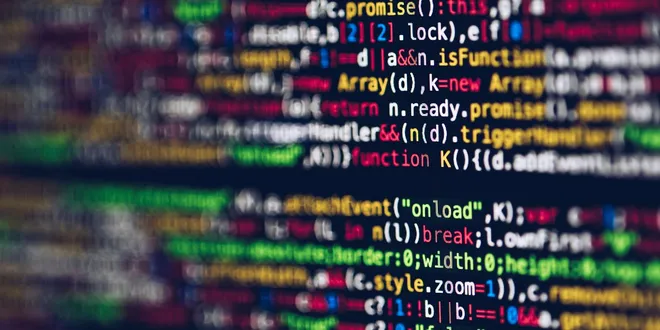
Garbage Collection in Python
Python A comprehensive guide on garbage collection and how it’s done in Python. Like many other popular “garbage-collected” languages, Python too offers automatic garbage collection. Although the pro...
📚 Read more at Python in Plain English🔎 Find similar documents

Python Garbage Collection: What It Is and Why You Should Care
Have you ever borrowed your friend’s car, parked it, and then forgot to return the keys? At first, it’s no big deal, but toward the end of that time frame, they need their car back, and now there is a...
📚 Read more at Python in Plain English🔎 Find similar documents

Python: Under The Hood [Garbage Collection]
python programming language uses reference garbage collector and generational garbage collector to perform memory clean and heap fragmentation
📚 Read more at Analytics Vidhya🔎 Find similar documents
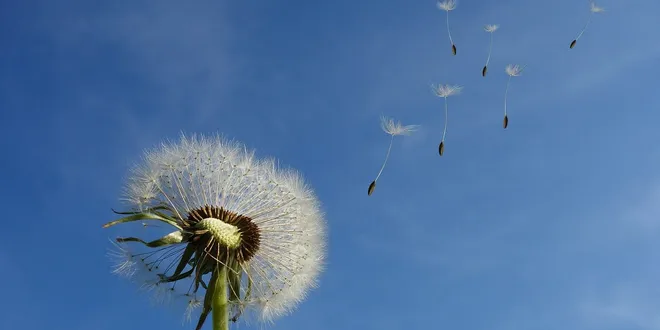
How Does Python Garbage Collection Work?
Python garbage collection mechanism relies on the reference count and the memory address/location of the objects. The functions id and getrefcount help.
📚 Read more at Towards Data Science🔎 Find similar documents

Understanding Python Garbage Collection: A Practical Approach with Code Snippets
Python is a powerful and versatile programming language that offers many features and benefits for developers and users alike. However, one of the challenges of working with Python is understanding ho...
📚 Read more at Python in Plain English🔎 Find similar documents

Understanding Python’s Garbage Collection and How to Optimize Memory Usage
Have you ever wondered how Python magically “cleans up” memory after your program is done with certain variables? If so, you’re not alone! When I started learning Python, I often ignored the technical...
📚 Read more at Level Up Coding🔎 Find similar documents

Understanding Python’s Memory Management and Garbage Collection
Garbage collection strategies in Python Introduction: Have you ever wondered how does python manage its memory? Well, python allocates and deallocates memory automatically for us and developers do no...
📚 Read more at Python in Plain English🔎 Find similar documents

Why Python’s Garbage Collector Isn’t as Simple as Everyone Thinks
When I first heard about Python’s garbage collector, I assumed it was magic. Memory gets cleaned up automatically, no manual free() calls, no dangling pointers. Easy, right? Not quite. Once I dug into...
📚 Read more at Python in Plain English🔎 Find similar documents

What is Garbage Collection and Why Does Python Need It?
Imagine you’re a meticulous housekeeper. You have a system for organizing your belongings. When you’re finished with something, you put it back in its designated place. But what happens when you forge...
📚 Read more at The Pythoneers🔎 Find similar documents
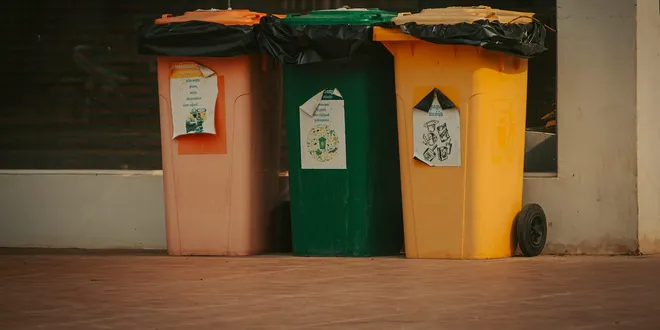
Python garbage collection does not work the way you think
Photo by an thet on Unsplash At least that was the case for me. While I was learning about profiling of Python applications — make sure to subscribe if you want to read about that — I ended up looking...
📚 Read more at Level Up Coding🔎 Find similar documents
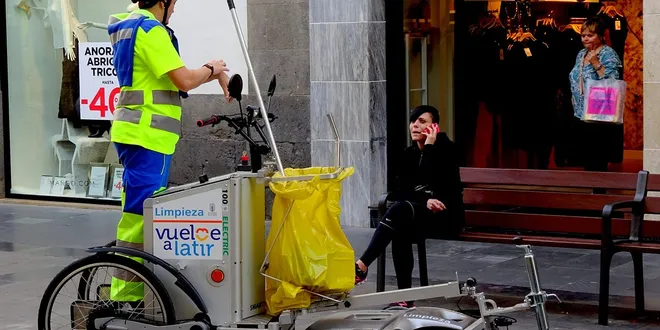
Garbage Collector(GC) in Python (Part-I)
Hi readers, this blog post would try to explain the implementations of the GC module.. “Garbage Collector(GC) in Python (Part-I)” is published by Ibrahim Sha in Analytics Vidhya.
📚 Read more at Analytics Vidhya🔎 Find similar documents
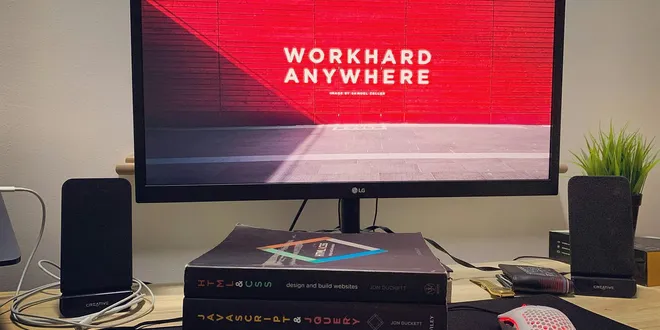
Understanding Python Memory Management: Reference Counting, Garbage Collection, and Avoiding Leaks
Memory is like your workspace — if you never clean it up, performance suffers. In Python, memory management happens automatically, but understanding how it works helps you write cleaner, faster, and s...
📚 Read more at Python in Plain English🔎 Find similar documents

